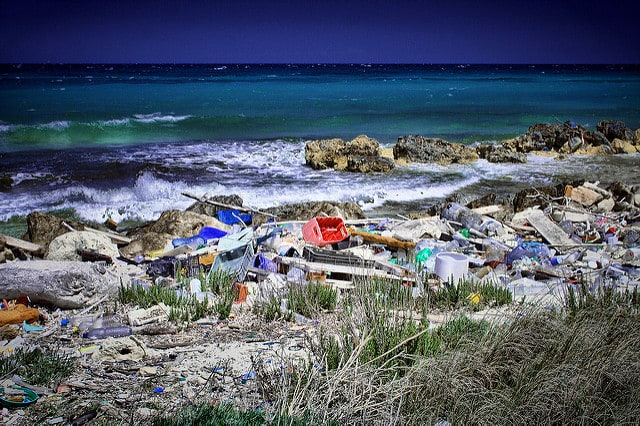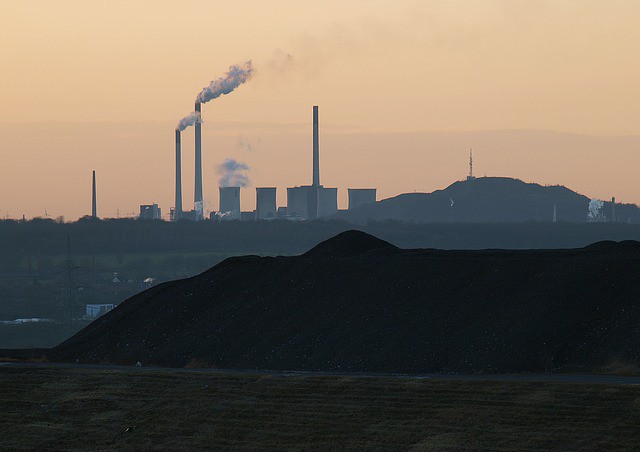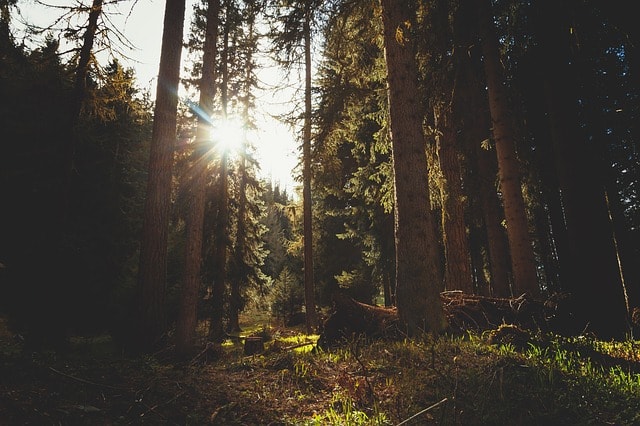13 Fantastic Solutions to Plastic Pollution To Reduce Plastic Waste

As the human population continues to grow, the amount of garbage produced also grows. People enjoy using plastic because it is flexible, relatively inexpensive, durable, and light – and it is used almost in everything including grocery bags and 3D printed rocket nozzles.
Currently, over 300 million tons of plastic are produced yearly with more than half used just once and thrown away. Statistics show that only 9 percent of plastic gets recycled while 12 percent incinerated.
The rate at which plastic waste is disposed to the environment is so alarming that scientists have even suggested that the world could be headed to the Anthropocene era.
But what could be the reason?
Plastic is made up of chemicals that make it resistant to degradation. Over the years, solving plastic pollution has been hindered by the fact that the pollutant size ranges from microscopic to big.
Fortunately, there are workable alternatives to entirely replace them while recycling solutions are also in place to reduce the already existing plastics. These alternatives can work better if both individuals and big companies agree to implement them.
Solutions to Plastic Pollution
The top solutions for reducing plastic pollution are:
1. Get Used to Not Using Disposable Plastics
About ninety percent of the plastic products used every day are used once and then thrown: plastic wrap, grocery bags, straws, disposable cutlery, coffee-cup lids among others. Consider how you often depend on these items and change to reusable versions.
This is the most obvious and easiest way to eliminate the use of plastic in the future. Interestingly, nations like Kenya and France are phasing out single-use plastic bag by banning its products. Infractions with these products are heavily penalized and could send you to jail.
2. Incineration
Over 60 percent of used or wasted plastic medical equipment is burnt rather than dumped in a landfill as a preventative measure to reduce the transmission of infections. This has significantly decreased the quantity of plastic waste from medical equipment.
3. Avoid Using Bottled Water
People are advised to drink a lot of water, at least 8-ounce glasses every day. Many who stay outdoors throughout the day keep themselves hydrated using plastic water bottles, which are thrown to trash after use.
For that reason, you are encouraged to carry a reusable bottle with you, get a model with a built-in filter for your safety. Alternatively, turn to companies that are selling reusable water bottles to minimizing plastic waste and bottles vulnerable to leakage.
4. Institutional Arrangements and Creation of Awareness
States can use their power and authority to control plastic pollution by forming various institutions that can manage and protect the ecosystems. For example, the Canadian federal government established an institution to safeguard marine areas.
In addition, these institutions can provide education to individuals and businesses about the alternatives they can shift to for bagging, storing and packaging. Put simply, people will be aware of the causes and effects of plastic pollution and how to prevent it.
5. Collection of Plastic
This is done to limit the scattering of plastic waste in the environment. It can be done through the curbside collection, where people place used plastics in a special container to be collected by a private or public hauling company.
People can alternatively use drop-off recycling centers, where they take their plastic wastes to a centrally placed facility. Once collected, the wastes are taken to the factory for recycling. In the United States, more than 80 percent have access to these collection centers.
6. Policies
The Food and Drug Agency and the Environment Protection Agency are mandated to assess the safety of any new chemical before they are allowed for use. After the evaluation, policies are always put in place to help reduce plastic pollution and its ramifications.
Government regulations that ban the use of some chemicals in specific plastic products have been implemented in nations like the United States, European Union, and Canada.
Taxes can also be used as a way to discourage specific ways of plastic management. For example, the creation of landfill tax makes people prefer recycling plastics rather than landfilling them. Standardization of compostable plastics is also been used to slow down its production.
7. Fungus That Eats Plastic
An unimaginable amount of plastic has been dropped into the environment over the years, and once there, many centuries will pass before it degrades. Even as above mentioned, remains of microplastic may continue to exist unnoticed.
But recently, scientists discovered Aspergillus Tubingensis, a plastic eating fungus that lives in the soil. It secretes enzymes which help to break down the polymer chains that hold plastic together.
The research is still on about the optimal condition for this organism to thrive in, after which, it will be introduced to begin the process of plastic eating.
8. Reuse of Plastic Waste
While the main objective of the world is to totally eliminate plastic items in the environment, it is also necessary to ensure that the existing ones are managed properly.
Individuals can enhance this by keeping safe the plastic bags they use at one time and go back with them to the shop.
Companies, on the other hand, can encourage reuse by including some deposits on packaging, with the amount refunded upon return. This may force companies to switch to reusable packaging that can be returned and reused.
9. Mushroom Packaging
Science is always good at identifying a problem and providing a solution to it no matter how long it takes. With this new discovery, the future of plastic packaging is at stake. It introduces the world to biodegradable packaging.
Mushroom packaging is fire resistant and can be molded to any shape easily. It is composed of an extensive connection of thread-like roots called mycelium. Scientists have perfected this packaging and are currently making structures with it.
After use, it can be thrown away where it naturally decomposes.
10. Packaging Using Milk Products
In what may seem impossible, an agricultural research team in the United States has created a packaging item derived from milk proteins. Though it is relatively expensive, it preserves food and conserves the environment better than plastic.
11. 3D-Printing Recycled Plastic
ReDeTec has developed a system that can convert plastic wastes into a completely new filament and then use it to print new objects.
The printer known as ProtoCycler can be filled with a variety of plastic items like rejected 3D-printer models and bottles where it grinds them into small pieces before melting and releasing spools of plastic filament for use on the next project.
12. Recycling Plastic into Oil
Perhaps the most advanced way to eradicate plastic is to convert it back to the crude oil, a state it once was, then use it again.
According to Akinori Ito, the Japanese inventor of a household appliance that converts plastic into fuel, plastic is nothing but a processed crude oil, which can be transformed back to its original form and be used as an alternative fuel.
13. Using Edible Cutlery
The easiest way to reduce waste from parties and picnics is to feast on the tools you’ve just eaten with. The tools are made from rice, wheat, millet, and many other flavors. This dining innovation was offered by an Indian inventor and is soon hitting the whole world.
Sources:






